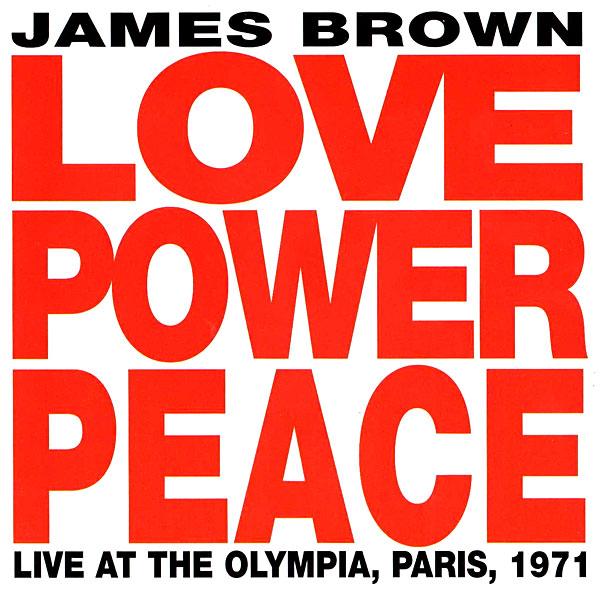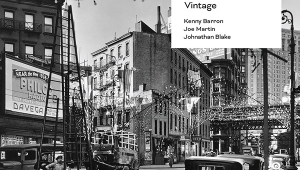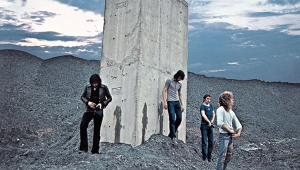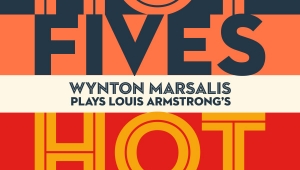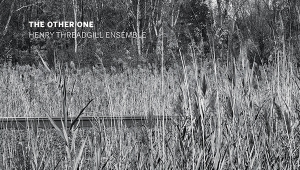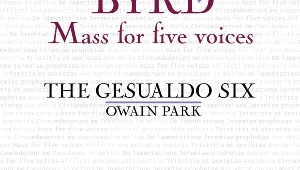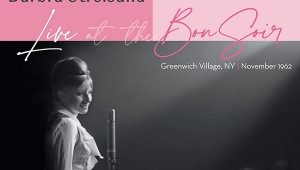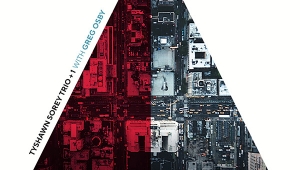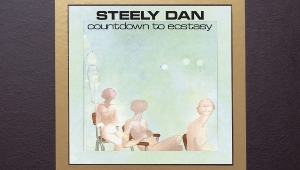| Columns Retired Columns & Blogs |
In 2006-7 I was living in Grenoble, France, which is a lovely and very non-touristy town in the southeast. In the fall of 2006, I recall a bit of a buzz when it was announced that he would perform there in June 2007.
Sad to say he passed in December 2006. It would have been wonderful to see him there, small venue - in fact, I think I saw the Harlem Globetrotters in the same place also in 2007...
